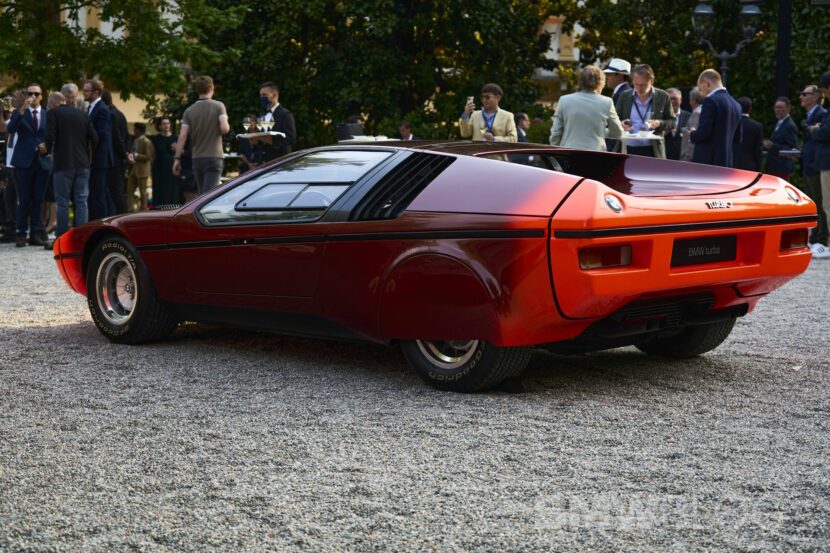BMW aficionados know the story of the Turbo and the way it formed the M1. Diehard followers even keep in mind its inner codename, E25, regardless of it being only a idea automobile. But even in any case these years, we’re nonetheless uncovering fascinating particulars in regards to the mid-engine sports activities automobile. In a brand new video shot on the Petersen Automotive Museum, some quirks you might need missed come to mild.
Tom Plucinsky, Head of BMW Group Basic USA, takes us on a tour of the putting 1972 idea. The corporate’s first automobile with ABS additionally had many different security options we take as a right right now. The Turbo featured foam-filled entrance and rear sections to soak up influence, and it wouldn’t begin except the seatbelt was fixed. Engineers even applied a rudimentary radar distance alert system with a collision warning gauge. The latter’s function was to tell the driving force whether or not they’d have the ability to cease in time to keep away from a crash.
Whereas the gullwing doorways and detachable wheel spats are eye-catching, the hidden gasoline filler cap is one other intelligent function. It’s neatly tucked beneath a flap on the entrance hood, on the passenger facet. You need to realize it’s there to entry it. This solely underscores Paul Bracq’s brilliance in maintaining the styling as easy and glossy as doable.
For security causes, the wedge-shaped supercar with its shark-nose entrance additionally had the dashboard angled towards the driving force. The thought was for a belted driver to achieve all controls on the middle console with out having to lean ahead. Three years after the Turbo idea, the 1975 3 Sequence (E21) adopted this setup, which later turned a BMW inside hallmark.
Plucinsky additionally props open the rear latch to disclose the turbocharged 2.0-liter gasoline engine. This four-cylinder unit produced 280 horsepower, which was greater than the 170 hp of the 2002 Turbo launched only a 12 months later. BMW notes that output really diversified between 200 and 280 hp, relying on the turbo’s increase strain.
A four-speed guide gearbox despatched energy to the rear axle, permitting the Turbo to dash to 62 mph (100 km/h) in a formidable 6.6 seconds. Flat out, it reached a decent 155 mph (250 km/h). It weighed a mere 1,272 kilograms (2,804 kilos) and was barely shorter than a first-generation 1 Sequence, at 4,155 millimeters (163.5 inches).
Although the Turbo was initially conceived to make a splash on the 1972 Summer season Olympics in Munich, it developed into one thing extra refined by highlighting security options. BMW aimed to reveal that crash buildings may very well be built-in into the physique with out compromising the design. That’s why the coupe had hydraulic shock absorbers at each ends, together with a collapsible security steering column that includes three cardan joints.
The M1 didn’t arrive till 1978, and BMW hasn’t had a real flagship supercar since. Advertising and marketing could say the XM is an oblique successor, however we all know higher. The model got here shut a number of instances to launching a devoted efficiency vary topper, however all these tasks had been finally shelved. The latest to be scrapped was the Imaginative and prescient M Subsequent, which was scheduled to achieve the market within the early 2020s, however was killed as a result of coronavirus pandemic and excessive growth prices.
Video: Petersen Automotive Museum / YouTube



